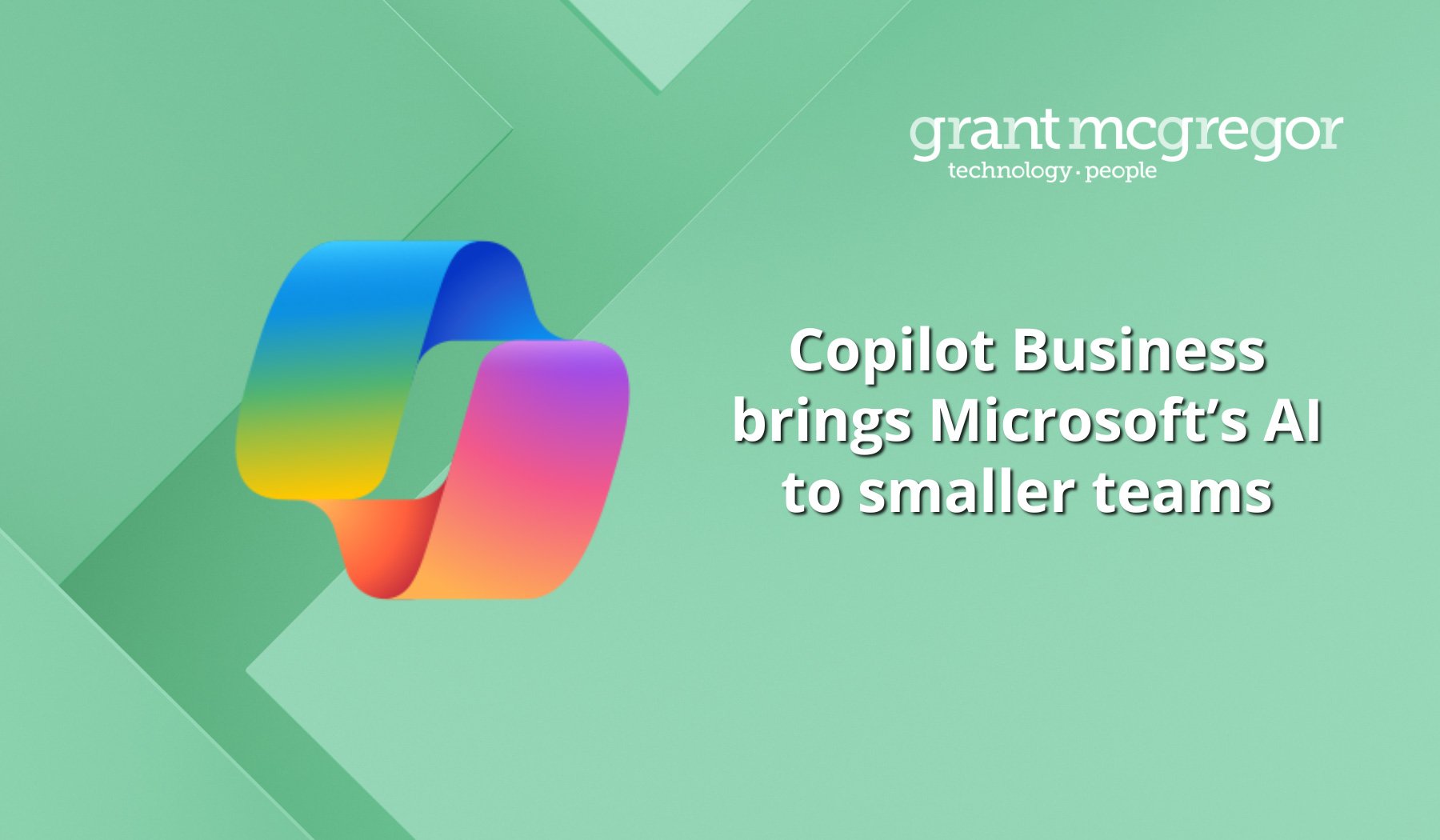6 Things You Can Do This Year to Boost Your IT Performance in 2018

We take a look at six simple things you can do this year to boost IT performance and productivity in 2018.
Information technology has delivered huge boons to businesses in terms of efficiency, productivity and improved practices and record keeping.
However, it also brings new challenges and costs to the table.
As the new year gets underway, we consider six things you could do in 2018 to help maximise technology’s benefits and meet its challenges – so you can boost your performance in 2018.
#1. Review Your Security Policies – Especially Staff Training
It is well documented that “human error” can be an organisation’s Achilles heel when it comes to IT security. People are often the weakest link – as a recent slip-up by the Hawaii Emergency Management Agency demonstrated. (Do you recall the imminent incoming missile alert when someone hit the wrong link on a control screen?)
Ensure your security procedures are up to scratch – and that all employees understand their role in good IT security within your organisation – with regular staff training on security issues.
#2. Get a Cyber Security Certification
Cyber security can be a challenging issue for small to medium sized businesses – especially if you lack the expertise in house to manage Cyber Security. A new Government-backed scheme aims to change this – by defining Cyber Security essentials that all businesses and organisations can implement.
The Government estimates that 80% of all cyber-attacks could be prevented if businesses put in place the simple cyber security controls detailed in the scheme.
Grant McGregor offers support for organisations that would like to pursue the UK Government’s Cyber Essentials Security Standard. Find more details here.
#3. Check Your Upgrades & Security Updates or 'Patches'
Even without Cyber Essentials training, one key action you can take to protect your organisation today is to check the status of all the software and operating systems used within your organisation – and ensure they are up to date.
Last year’s high-profile cyber-attacks, including WannaCry and NotPetya, demonstrated the risks of running out-of-date software. If you haven’t already, conduct an audit, create a software asset register, and ensure patches and updates are fully up-to-date as a matter of routine.
Where you have aging, bespoke applications that are no longer updated, or require to still use unsupported operating systems, consider what your upgrade path for these should be. In the interim, put in place security measures to limit the impact these vulnerabilities could have on the rest of your network.
Moving forward, define where the responsibility for ensuring updates and patches are applied lies. And make sure that the job is being done. With new vulnerabilities being identified in certain chipsets, it is also important to consider the potential impact on your business should attackers be successful in exploiting the newly identified vulnerabilities of Meltdown and Spectre.
If you’re concerned, read our advice here.
#4. Focus on GDPR
GDPR is no longer on the distant horizon; it is nearly upon us. If you haven’t already reviewed your data management policies within the context of GDPR, it’s probably time to call in external help.
The UK Information Commissioner’s Office has recently levied a £400,000 fine on Carphone Warehouse as a result of a 2015 data breach. GDPR strengthens ICO’s hand in levying such fines against businesses – make sure you have your house in order ahead of the May 2018 deadline.
#5. Consider the Cloud
We have been hearing about the benefits of cloud computing for many years now. Yet many small businesses have not moved beyond capturing the advantages of Software as a Service (SaaS) applications.
The SaaS model is now deeply embedded in software delivery. Its benefits are significant – offering enterprise-class software solutions to small and medium sized businesses for an affordable monthly subscription.
However, few small businesses have made the move to Infrastructure as a Service (IaaS) cloud services. The benefits of IaaS are less tangible, yet significant – especially in terms of backup and disaster recovery services. It is a more complex issue than migrating onto a new SaaS service, but can deliver equally important benefits.
Is cloud part of your IT strategy? Should it be?
#6. Leverage Microsoft Productivity Tools
Some of the best cloud-based SaaS tools can be found in Microsoft’s Office 365 suite. For organisations that need to upgrade software, especially where you are already using Microsoft Office products, Office 365 can be a great way to go.
Easy integration of products across the Suite, the competitive subscription pricing and the range of additional productivity tools, such as Microsoft Teams, makes Office 365 a great choice for small to medium sized businesses.
If you need help managing upgrades and would like support, Grant McGregor consultants can help.
Equally, if you are already using Office 365, but aren’t sure you are using it to its full advantage, please give us a call – we’re always happy to talk through how you can get the most from your existing IT estate.
Call us on: 0808 164 4142 or Contact Us here.
Photo by rawpixel.com on Unsplash




